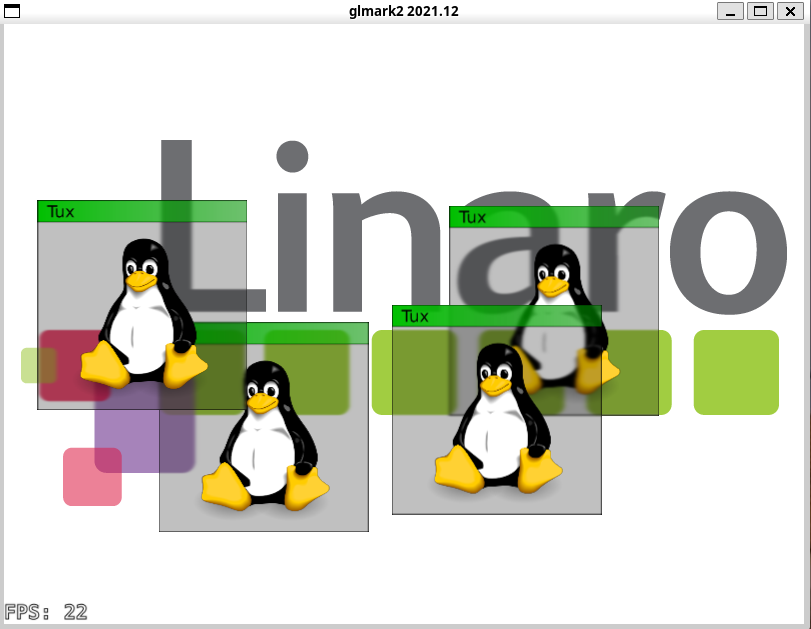1
2
3
4
5
6
7
8
9
10
11
12
13
14
15
16
17
18
19
20
21
22
23
24
25
26
27
28
29
30
31
32
33
34
35
36
37
38
39
40
41
42
43
44
45
46
47
48
49
50
51
52
53
54
55
56
57
58
59
60
61
62
63
64
65
66
67
68
69
70
| #ifdef GL_ES
precision mediump float;
#endif
struct LightSourceParameters
{
vec4 ambient;
vec4 diffuse;
vec4 specular;
vec4 position;
};
LightSourceParameters lightSource[3];
uniform vec4 light0Position;
uniform vec4 light1Position;
uniform vec4 light2Position;
varying vec3 vertex_normal;
varying vec4 vertex_position;
varying vec3 eye_direction;
vec3 unitvec(vec4 v1, vec4 v2)
{
if (v1.w == 0.0 && v2.w == 0.0)
return vec3(v2 - v1);
if (v1.w == 0.0)
return vec3(-v1);
if (v2.w == 0.0)
return vec3(v2);
return v2.xyz/v2.w - v1.xyz/v1.w;
}
void main()
{
lightSource[0] = LightSourceParameters(
vec4(0.0, 0.0, 0.0, 1.0),
vec4(1.0, 1.0, 1.0, 1.0),
vec4(1.0, 1.0, 1.0, 1.0),
vec4(0.0, 1.0, 0.0, 0.0)
);
lightSource[1] = LightSourceParameters(
vec4(0.0, 0.0, 0.0, 1.0),
vec4(0.3, 0.3, 0.5, 1.0),
vec4(0.3, 0.3, 0.5, 1.0),
vec4(-1.0, 0.0, 0.0, 0.0)
);
lightSource[2] = LightSourceParameters(
vec4(0.2, 0.2, 0.2, 1.0),
vec4(0.2, 0.2, 0.2, 1.0),
vec4(0.2, 0.2, 0.2, 1.0),
vec4(0.0, -1.0, 0.0, 0.0)
);
vec4 matAmbient = vec4(0.0, 0.0, 0.0, 1.0);
vec4 matDiffuse = vec4(1.0, 0.2, 0.2, 1.0);
vec4 matSpecular = vec4(0.5, 0.5, 0.5, 1.0);
float matShininess = 20.0;
vec4 diffuseSum = vec4(0.0, 0.0, 0.0, 0.0);
vec4 specularSum = vec4(0.0, 0.0, 0.0, 0.0);
vec4 ambientSum = vec4(0.0, 0.0, 0.0, 0.0);
vec3 normalized_normal = normalize(vertex_normal);
lightSource[0].position = light0Position;
lightSource[1].position = light1Position;
lightSource[2].position = light2Position;
for (int light = 0; light < 3; light++) {
vec4 light_position = lightSource[light].position;
vec3 light_direction = normalize(unitvec(vertex_position, light_position));
vec3 reflection = reflect(-light_direction, normalized_normal);
specularSum += pow(max(0.0, dot(reflection, eye_direction)), matShininess) * lightSource[light].specular;
diffuseSum += max(0.0, dot(normalized_normal, light_direction)) * lightSource[light].diffuse;
ambientSum += lightSource[light].ambient;
}
gl_FragColor = (matSpecular * specularSum) + (matAmbient * ambientSum) + (matDiffuse * diffuseSum);
}
|
